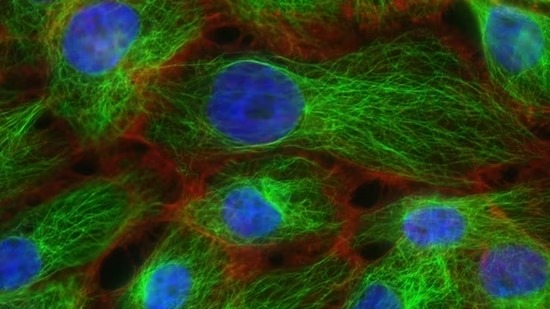World Cancer Day 2023: While low grade tumours spread slowly, high-grade malignancies are aggressive and necessitate immediate treatment to prevent disease from spreading to other parts of the body. All you want to know.
Cancer is caused by changes to our genes that control the way our cells function. Genetics, environmental factors, lifestyle factors can all affect your chances of having cancer. Some cancers are inherited which means you may be born with a predisposition to cancer. However, most of the cancers occur due to environmental and lifestyle reasons. Our bodies are made up of trillions of cells and the healthy body function is maintained with old cells dying and new cells replacing them. However, in case of cancer, the DNA of a cell gets damaged and there are too many of such abnormal cells which are beyond immune system’s control. These abnormal cells form tumour and in many cases they spread to other body parts if not treated. Some of the cancers are fast growing or high grade, others are slow growing or low grade. Cancer cells that have more genetic damage grow faster than those will less damage.
Stages of cancer
While low grade tumours spread slowly, high-grade malignancies are aggressive and necessitate immediate treatment to prevent disease from spreading to other parts of the body.
“Cancer is a broad category of disorders that all have one thing in common: they all occur when normal cells transform into cancer cells that multiply and spread. For most malignancies, the stage is a Roman numeral ranging from I to IV, with IV being the most advanced and indicating that cancer has spread. Stages are sometimes further classified by letters such as A and B,” says Dr Anil Kumar MD (Internal Medicine) (PGIMER), DM (Medical Oncology and Hematology), Consultant Medical Oncologist, Jindal Naturecure Institute, Bangalore.

Difference between high-grade and low-grade cancer
Cancer cells that look like healthy cells and tissue are low grade tumours while those that look abnormal in appearance are high grade; they spread more rapidly.
Cancer cells in high-grade (poorly differentiated) tumours seem considerably different from normal cells. High-grade malignancies typically have a good response to therapy due to high cell multiplication rate than low-grade tumours and necessitate immediate treatment to prevent the disease from spreading to other parts of the body. In contrast, cancer cells in low-grade (well-differentiated) tumours resemble cells in normal tissue. In general, these tumours spread slowly. Most cancer grades are based on how aberrant the cancer cells appear under a microscope. This is known as differentiation,” adds Dr Anil.
Symptoms
“The grade is significant because tumours with more abnormal-looking cells develop and spread more quickly. Painless lump, change in bowel habits or blood in stools, constipation, non-healing ulcer, bloody nipple discharge, excessive bleeding per vagina, change in voice, difficulty swallowing, foreign body sensation in the throat, change in the appearance of a mole, fatigue, weakness, loss of appetite, weight changes are the most common symptoms of both types of cancer,” says Dr Anil.
Prevention, diagnosis and treatment
Screening is one way, while early diagnosis is another. It is defined as the presumed detection of undetected disease in a population of persons who appear healthy and asymptomatic utilising tests, examinations, or other methods that may be provided to the target population rapidly and cheaply.
“A screening programme must involve the full screening process, from inviting the target group to providing access to effective care for those who are diagnosed with the disease. Cancer screening tests can help in the early detection of the disease, which raises the likelihood of a successful course of treatment,” adds the expert.
Read more at-https://bit.ly/3Ys7Dkx
